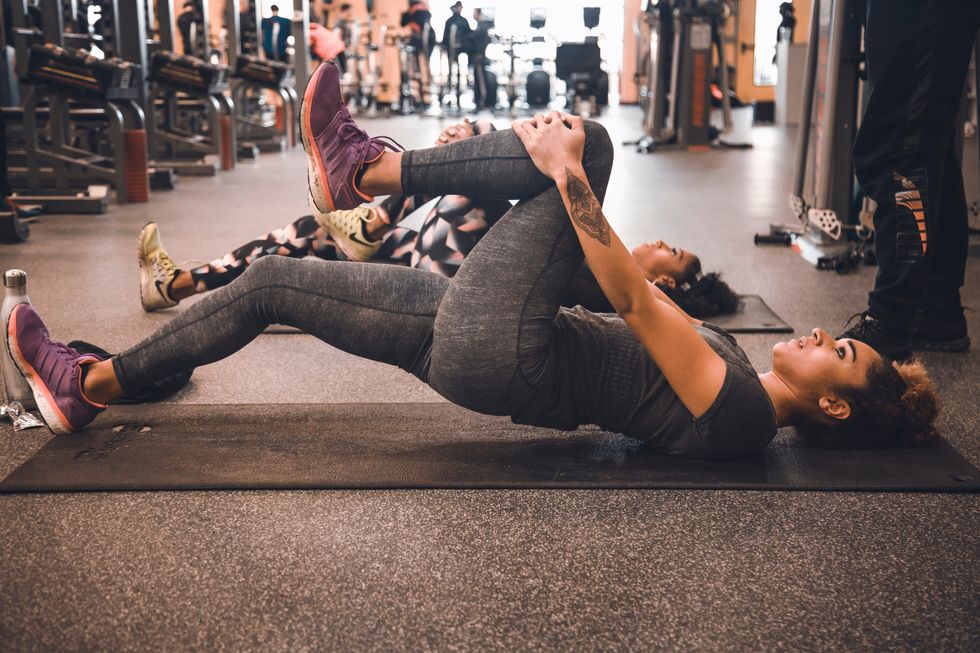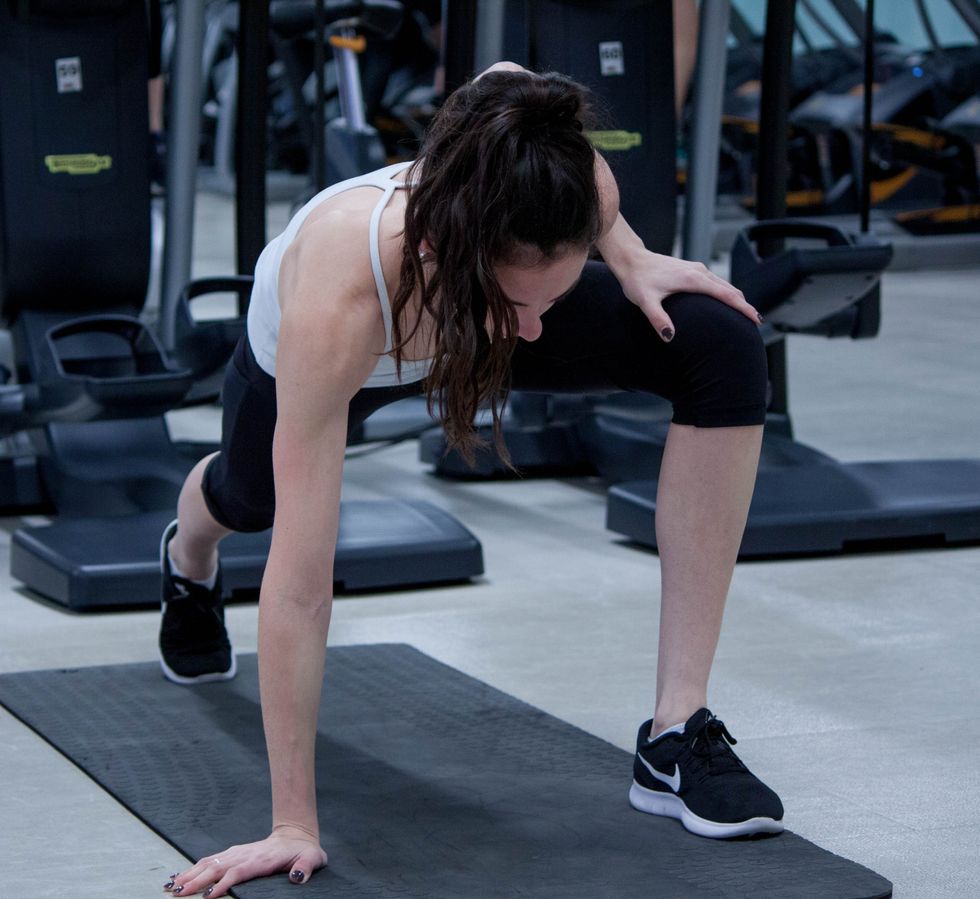Are You Cross-Training Too Much? Watch Out for These 7 Telltale Signs
Every dancer is told to cross-train. But, the million-dollar question you should be asking is:
Is it helping my dance career…or hurting it?
Why It Matters:
Cross-training can be a powerful tool to give you the physicality you need to compete in today’s dance world. However, if done wrong, it can also undo all of your hard work in the studio.

When you rest after exercise is when you grow stronger. Photo by Bruce Mars/Unsplash
Exercise is a stress on your body. If you work out with sufficient intensity, it temporarily weakens you. It’s during the 48-72 hour recovery period afterwards when your body rebuilds itself that you get the benefits.
When done properly, one or two high quality cross-training sessions per week is all you need. But all too often, dancers go overboard with a “more is better” mentality. The problem is that working out too frequently and neglecting the recovery phase could put the body in a perpetually weakened state.
Then, because you are under-recovered, you won’t have enough energy or focus to put into your workouts to make them effective. Without proper intensity, you’ll just burn through precious energy stores, leaving even less energy to dedicate to your true passion: dancing.

If you spend too much energy cross-training, you won’t have enough left for dancing. Photo by Martine Jacobsen/Unsplash
How much is too much? The tipping point is different for every dancer. But, if you are experiencing one or more of these symptoms consistently, there’s a good chance you are overtraining:
-
Physical exhaustion:
Do you feel sluggish and “heavy,” like you have to drag your body around throughout the day? Is your technique falling apart: Are you struggling with balances, falling out of pirouettes, running out of breath, lacking the firepower to attack combinations? -
Mental exhaustion:
Are your concentration and memory impaired? Do you struggle to retain combinations? Do you lack motivation? -
Emotional exhaustion:
Are you irritable, depressed, sad, frustrated? Do you burst into tears randomly, feel like you can’t do anything right in class, or get so frustrated with your dancing that you are tempted to quit ballet altogether? -
Increased injuries:
Do you have little aches and pains that won’t go away, or a catastrophic injury that has you sidelined for months? -
Trouble sleeping at night:
Are you unable to fall asleep, or do you wake up feeling unrested? -
Weakened immune system:
Do you find yourself getting sick more often? Do you feel dizzy or nauseated at times, even when you’re not ill? -
Fluctuations in appetite/body weight:
Are you tempted to use food as a way to keep going and find yourself unable to stop eating? Or, have you lost your appetite?
Some of these symptoms can be career-ending. Others disrupt not only your ability to excel in your art, but your enjoyment of it, as well.

Listen to your body when it’s telling you to back off. Photo by Trust Trukatsande/Unsplash.
Think of your body as your personal science experiment. If you listen and observe closely enough, it will give you signs when you are on the right path—and when you aren’t.
When you find yourself regressing, instead of following the dancer’s inclination to push harder, slow down. Do less. Focus on self-care. Let your body heal and recover.
Depending on how deep into the burnout zone you are, taking an easy dance class or even just light stretching will be all you should do until your body heals. There is no exact formula for how long this healing process will take, but minimizing the stress on your body—and ensuring you get proper nutrition and rest—will speed your recovery.
Once your health has returned to baseline, then you can start pushing your boundaries again.




